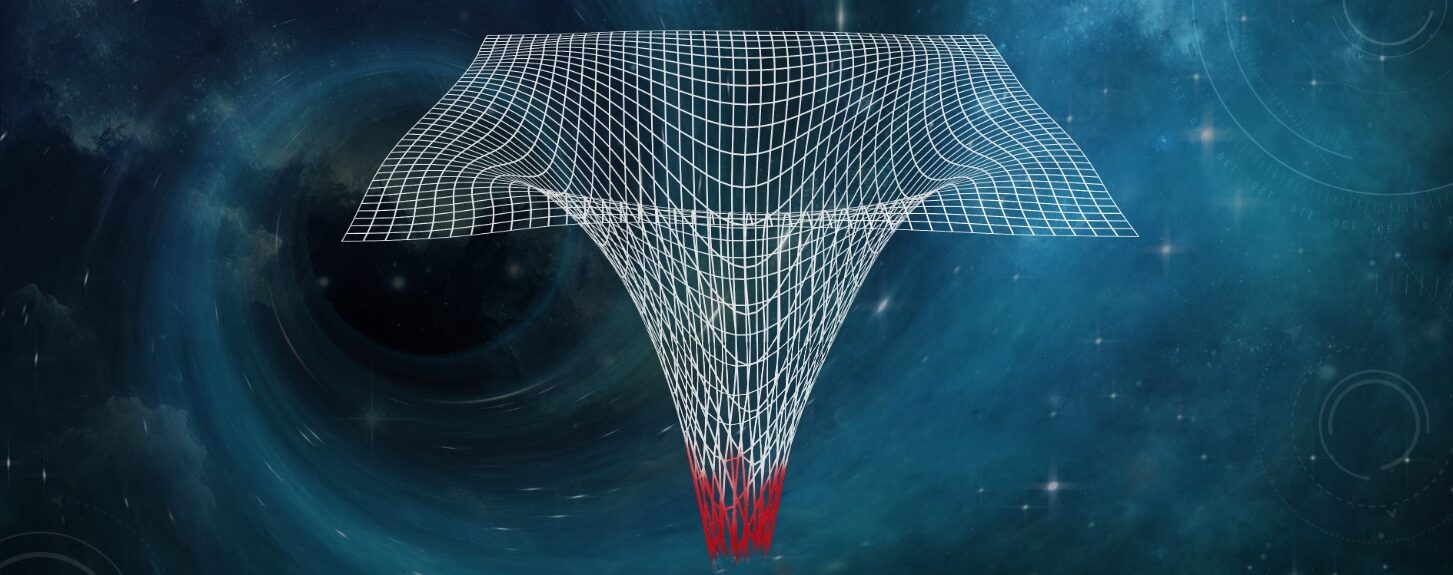-
New Postdoc
Simone Vincini has joined our team as a Postdoc.
-
Conference 2026
September 21–25, 2026
Faculty of Mathematics, Oskar-Morgenstern-Platz 1, 1090 Vienna
We are pleased to announce an upcoming conference at the Faculty of Mathematics, University of Vienna, bringing together communities across Optimal Transport, Metric Geometry, Lorentzian Geometry, General Relativity, and Quantum Gravity.
Further information—including the conference title, invited speakers, schedule, registration, and practical details—will be uploaded in the next weeks.
This conference is funded by the EF A new Geometry for Einstein’s Theory of Relativity & Beyond, financed by the Austrian Science Fund (FWF) (grant number 10.55776/EFP6) and based at the University of Vienna.
-
Tobias Beran receives an FWF-Schrödinger grant
We congratulate Tobias Beran for receiving an FWF-Schrödinger grant for “Structural theory of Lorentzian length spaces“. He will go to the University of Cardiff.
-
New Postdoc
Davide Manini has joined our team as a Postdoc.
-
New Postdoc and Ph.D. student
Leonardo García Heveling as a Postdoc and Stefano Saviani as a Ph.D. student have joined our team.
-
New Ph.D. student
Carl Rossdeutscher has joined our team.


